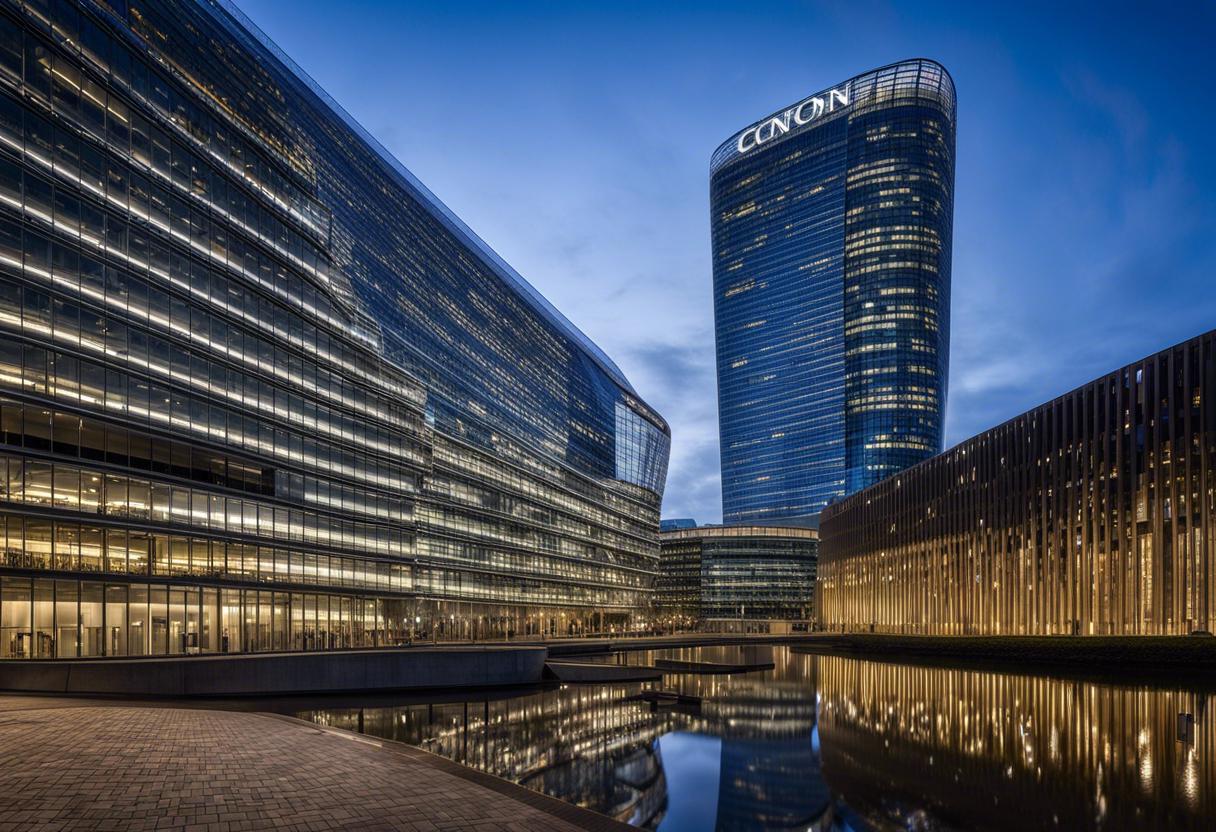The European Parliament constituencies are projected to witness victories from Fine Gael, Fianna Fáil, and Sinn Féin. The two strongest coalition parties are looking to secure two seats each in Midlands-North-West. Candidates from anti-migration and far-right groups are likely to need a drastic shift in voter mood to pose a serious challenge – their support is presently divided across multiple candidates in the three areas.
Whilst European elections are known for their unforeseen outcomes, and the voting public is becoming ever more unpredictable, late campaign support swings are anticipated. Based on current statistics, however, the support for anti-immigration candidates is too fragmented to enable a single candidate to build significant momentum for a seat challenge. The polls show that support for most anti-migrant and far-right candidates is a mere 1 or 2 per cent, with a substantial number polling below 1 percent.
In Dublin, Fianna Fáil’s Barry Andrews polls favourably at 18 per cent, followed by Sinn Féin’s Lynn Boylan with a commendable 15 per cent. For the South of Ireland, Seán Kelly of Fine Gael is predicted to top the poll with a strong 23 per cent, followed by Fianna Fáil’s Billy Kelleher at 18 per cent.
In Midlands-North-West, Independent candidate Luke Ming Flanagan leads with an 11 per cent polling, closely trailed by two candidates each from Fine Gael and Fianna Fáil. Fianna Fáil’s Barry Cowen and Lisa Chambers poll at 10 and 9 per cent respectively while Fine Gael’s Maria Walsh and Nina Carberry are at 10 and 9 per cent respectively. Sinn Féin’s Michelle Gildernew receives 8 per cent support, while Independent Ireland’s Ciarán Mullooly trails at 7 per cent.
The existing Green Party seats in Dublin and Southern Ireland may be at risk, though Ciarán Cuffe remains a strong contender in Dublin.
In Ireland South, Mick Wallace and Clare Daly of Dublin, both independent MEPs known for their criticisms of the EU’s approach to numerous subjects, appear to face tough challenges. Ms. Daly holds 6% and might improve her chances of succeeding if she can win transfers from the left-wing. The situation for Mr. Wallace, who is at 3%, is more pessimistic.
The poll concurrently enquired about the voting intention in the imminent local elections, scheduled for June 7th. A relative fall in the support for Sinn Féin was spotted when it was compared with the recent general elections.
After discarding those who are unlikely to vote or are undecided, local elections have the following political division: Fine Gael with 21%, Fianna Fáil with 20%, and Sinn Féin with 18%. Smaller parties, including Labour at 6%, the Green Party at 5%, the Social Democrats at 3%, People Before Profit-Solidarity at 2%, and Aontú at 1%, also gather support. Independents and miscellaneous parties collectively hold 23%.
Undecided voters, who are left out from these numbers, represent roughly 21%.
Most voters, approximately 83%, were against allowing protests outside politicians’ homes.
The poll, conducted between May 11th and May 15th, 2024, used a representative sample of adults aged 18 and over, spanning across 150 sampling sites in all constituencies. A total of 1,500 personal in-home interviews were conducted, larger than the sample size typically used in Irish Times/Ipsos B&A polls, to accommodate 500 interviews in each of the European Parliament constituencies. The margin of error in the findings of the European election was estimated approximately +/- 4.4%, while national local election findings were estimated to be accurate within +/- 2.5%.

